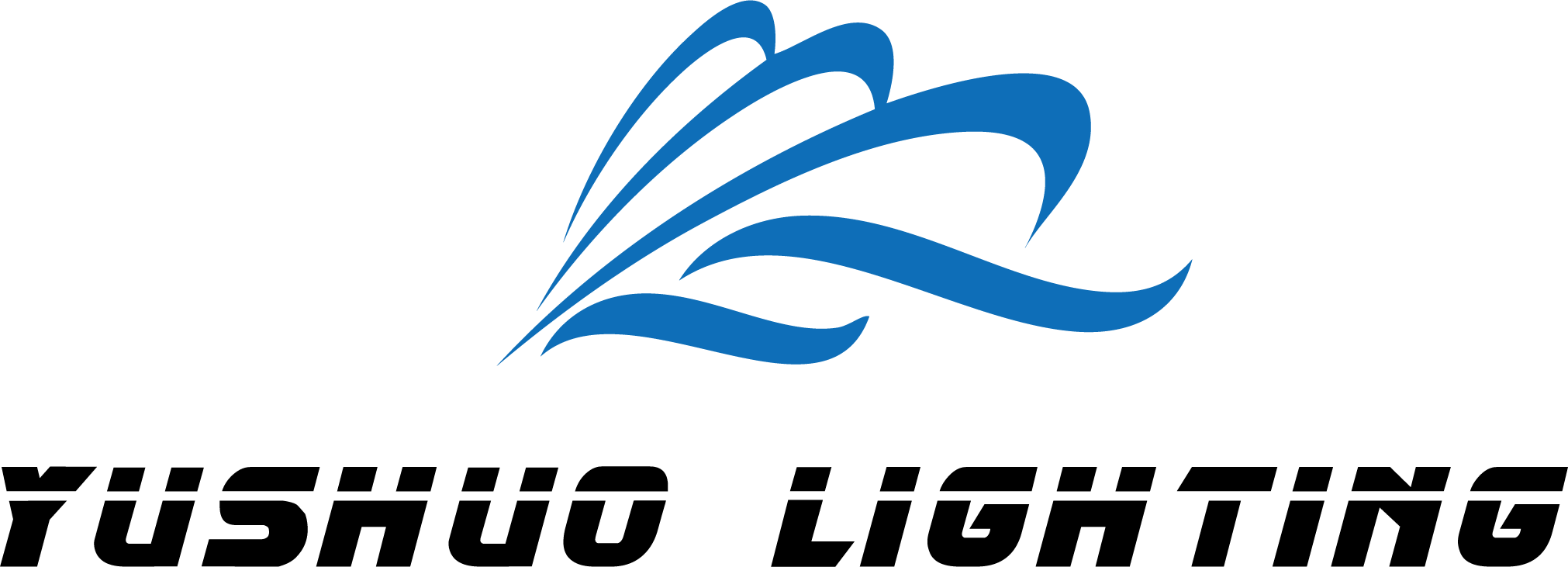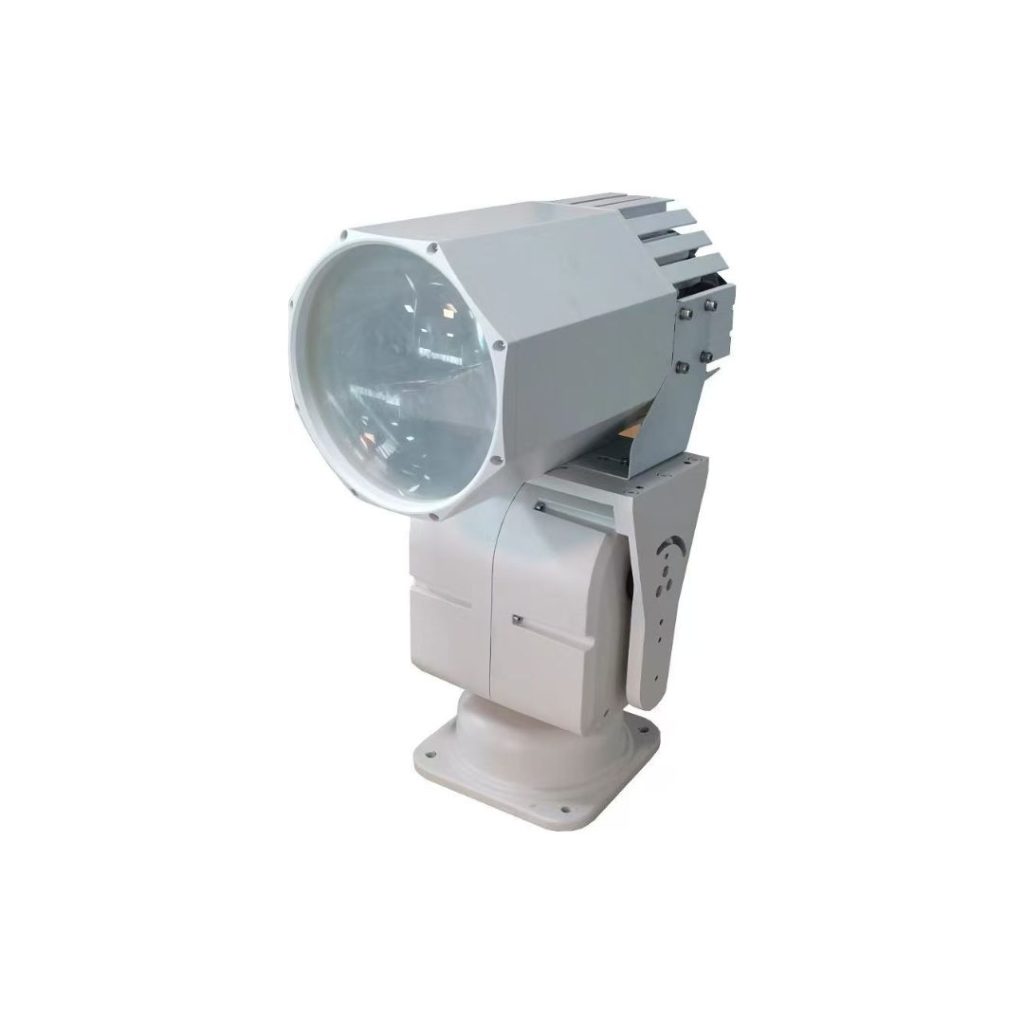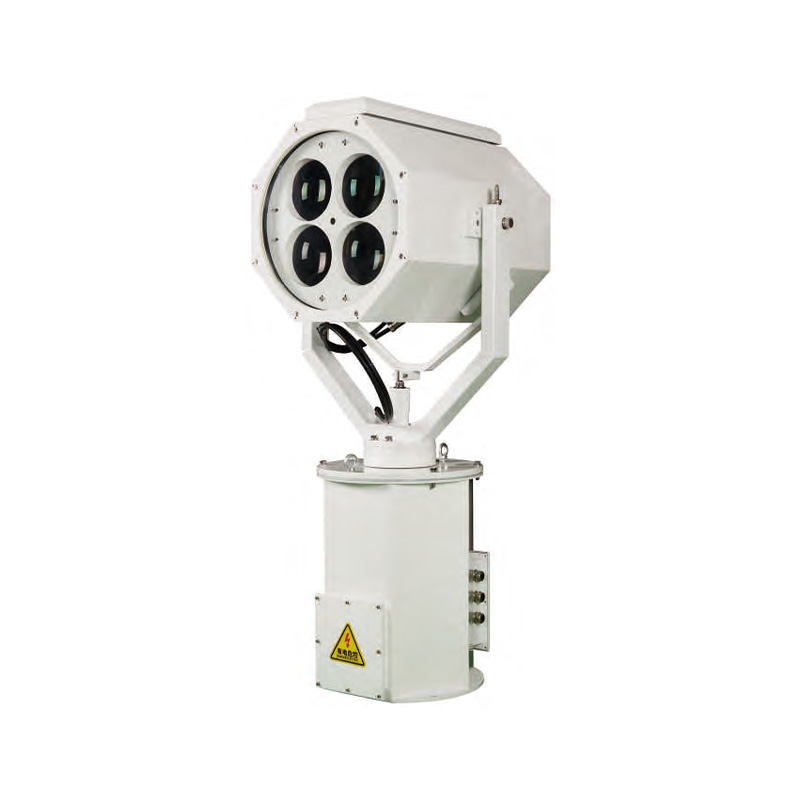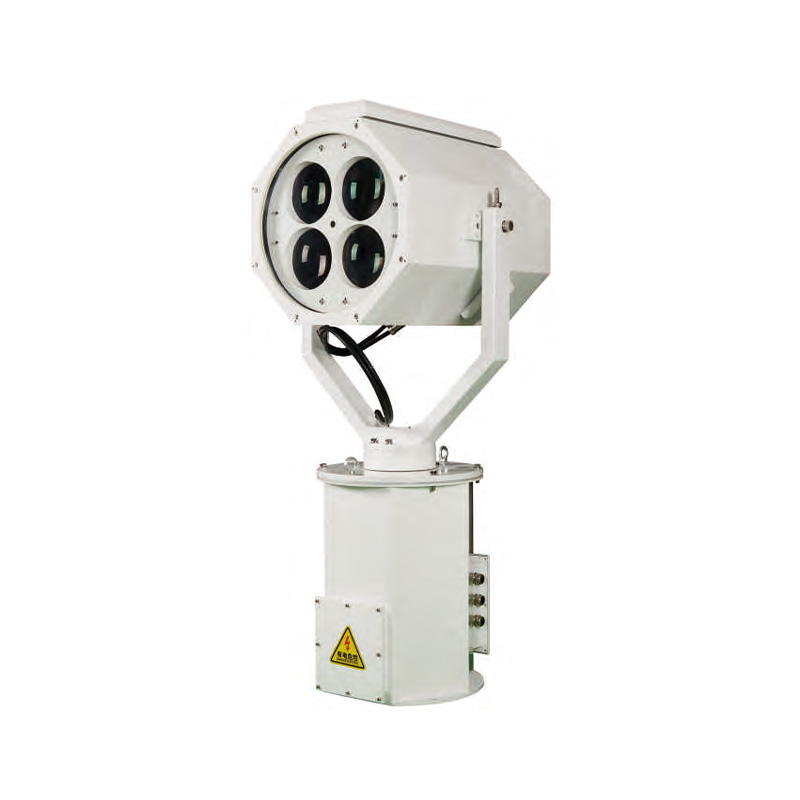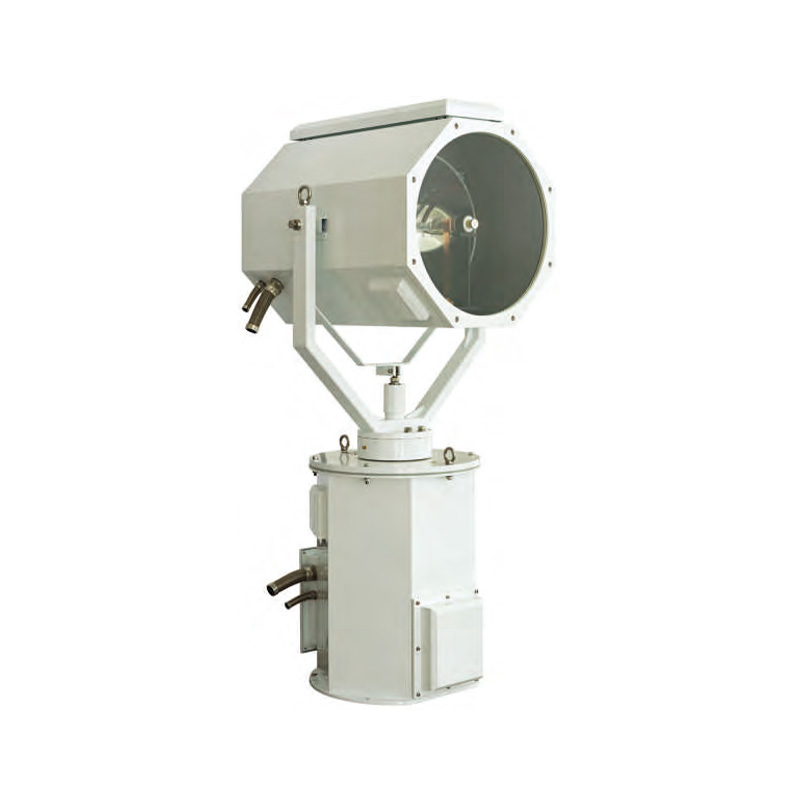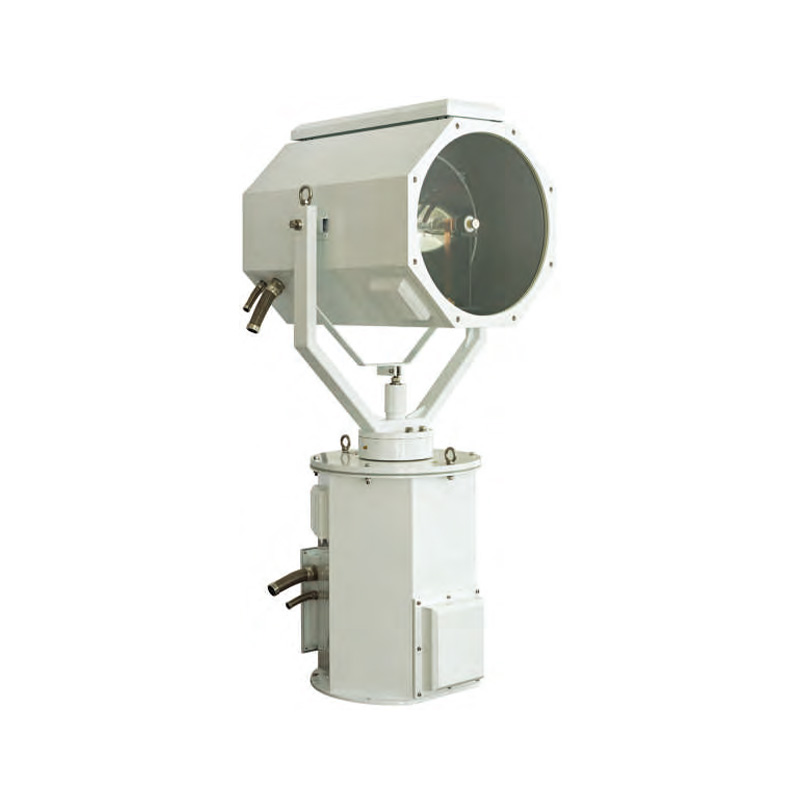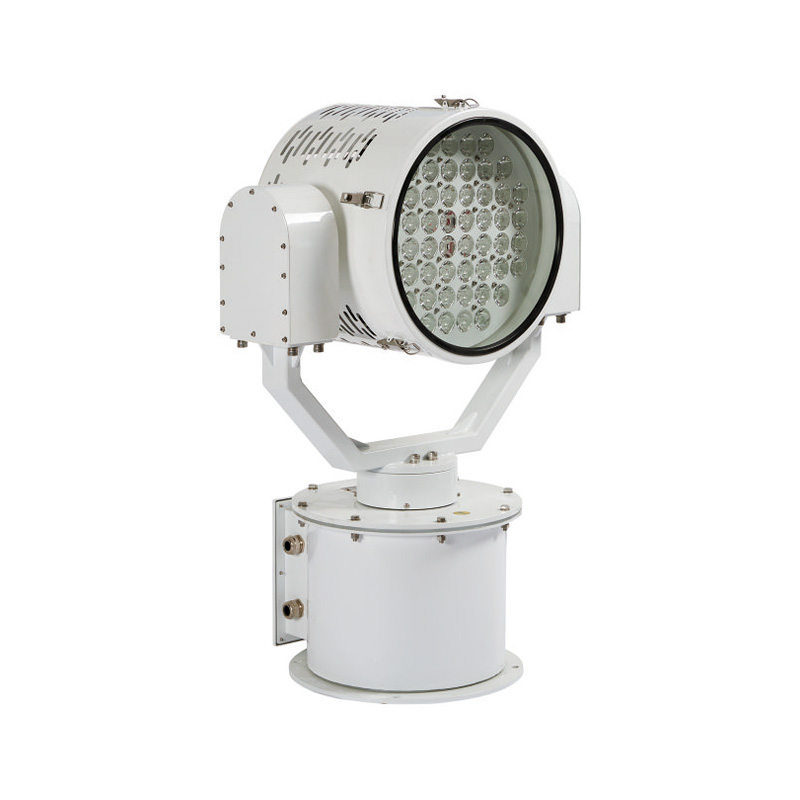How to Adjust Beam in Marine Searchlights Effectively
Marine searchlights play a key role in navigation, search, and safety operations in the open sea. A fundamental component in the effective use of a searchlight is the ability to adjust the beam. Beam adjustment in marine searchlights optimally improves safety and operational effectiveness in the maritime domain.
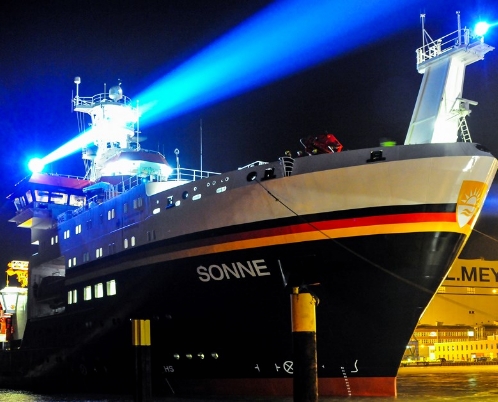
Table of Contents
Understanding Beam Adjustment in Marine Searchlights
Beam adjustment in marine searchlights is the manipulation of a searchlight beam in terms of direction, focus, and width for specific operational purposes. In different settings, operators may need a beam that is narrow and concentrated for long-distance viewing or one that is wide for close-range illumination. Effective beam adjustment improves visibility while reducing glare and coordinating energy expenditure.
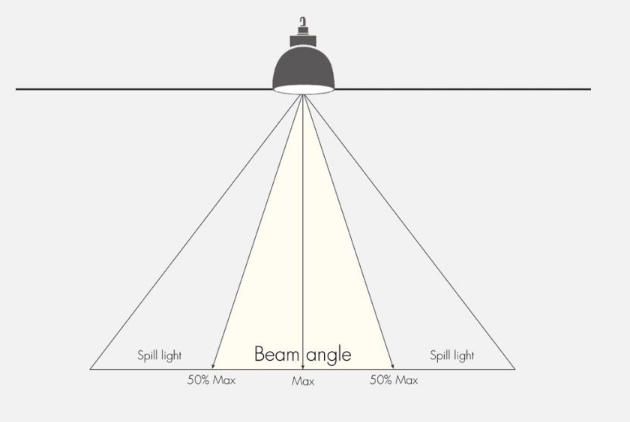
Why Beam Adjustment of Marine Searchlights is Important
Enhancing Visibility
Beam adjustment controls the illumination of an object’s varying distance and angle. A narrow, focused beam of light is ideal for long-range viewing to spot distant hazards, buoys, or vessels, while a wide beam is better for nearby target areas, such as the ship’s deck or the surrounding water, to ensure that all critical areas are illuminated. Effective beam adjustment also reduces blind spots, thus improving situational awareness.
Improving Safety
Operational safety is a primary consideration in the maritime field and the adjustment of searchlight beams contributes to mitigating safety hazards. Default beams and lenses can result in blinding glares that obstruct the vision of crew members of the vessel employing the light or of vessels in close proximity. Proper adjustment of beams enables the light to concentrate on a defined area, thus considerably reducing the risk of accidents. Furthermore, controlled beams assist operators in safe navigation through fog, rain, and turbulent conditions of the sea.
Optimizing Operational Efficiency
In addition to being energy inefficient, improperly set beams of marine searchlights may also cause unnecessary power to be wasted. Adjusting beams to the required focus and coverage enables operators to enhance energy saving to ensure effective illumination, which is critical for vessels that operate with power resource limitations or during prolonged voyages in the open sea.
Adapting to Environmental Conditions
Conditions such as fog, rain, or sea spray can scatter light and reduce visibility. In such cases, the lights can be focused narrowly and angled appropriately to cut through obstructions. This adaptability enhances the searchlight’s effectiveness in challenging maritime environments. Adjusting the beams accordingly will be required in order to compensate for these conditions.
Supporting Search and Rescue Operations
Emergency situations in search and rescue operations, require operational efficiency and effectiveness to determine the location of targets, whether those members of the general public, wreckage, or ships. During the most critical and time-sensitive situations, the ability to rapidly convert the beam from a wide search and lateral view to a specific, detailed search to lock onto a target becomes the difference between a mission being successful as opposed to being delayed.
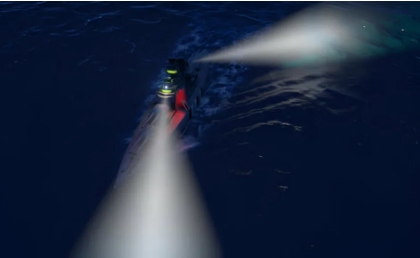
Types of Beam Adjustments in Marine Searchlights
This chart provides a concise overview of how each type of beam adjustment works and why it’s important.
| Type of Adjustment | Description | Purpose |
| Horizontal Tilt | Rotating the searchlight left or right | Allows sweeping across the horizon to locate objects or obstacles |
| Vertical Tilt | Tilting the searchlight up or down | Enables illumination of objects at varying distances or heights |
| Focus Adjustment | Narrowing or widening the beam | Concentrated beam for long-range visibility; wide beam for close-range coverage |
| Beam Rotation | Rotating the light housing without moving the base | Quick repositioning in rough sea conditions or for precise aiming |
| Angle Adjustment | Adjusting the beam angle relative to the vessel | Optimizes visibility and reduces glare to other vessels |
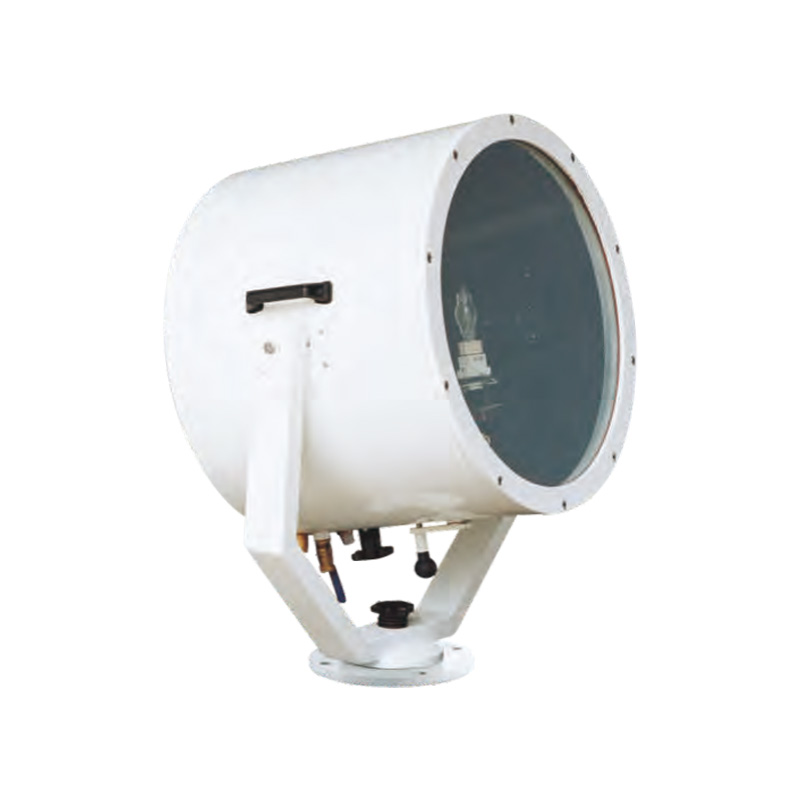
Key Factors to Consider for Adjusting Beam in Marine Searchlights
Adjusting the beam of the searchlights correctly requires attention to several critical factors to ensure optimal safety and efficiency.
1. Target Distance and Range
The distance and area of an object or a target to be illuminated is of primary consideration. For focused and distant targets, there is a need for a narrow beam, which aids in long-range illumination and penetrating adverse weather. For near targets, a wider beam is preferred to blanket an area. Examples include deck operations or surveying surrounding water. Range of operation assists the operator in determining the ideal beam focus and angle.
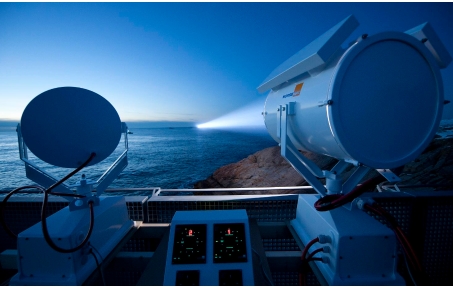
2. Environmental Conditions
A maritime environment will incorporate a combination of fog, rain, sea spray, and darkness. These factors impact visibility and, in turn, alterations to the beam. For example, a highly focused beam will be diminished and rendered useless by dense fog, though a wider beam of fog is far more likely to escape consistent illumination. Adjusting the beam to accommodate different factors of the environment will still effectively maintain the searchlight to different circumstances.
3. Operational Purpose
The operational intention of the searchlight is fundamental to the gauging of the beam. For navigation, operators might need to stretch the beam wide to avoid obstacles, while search and rescue is far more effective with narrow beams. Adjustments need to be practical to the mission objectives, and operational efficiency and safety will follow suit.
4. Power Consumption
The searchlights will inevitably consume power, and the adjustments made to the beam will impact the searchlight’s power consumption. A focused beam will be more intense, and an energy sink, while a wider beam will spend light more efficiently. A balance will need to be negotiated between visibility and power consumption, especially in the case of hidden power and length of operational time.
5. Safety Considerations
When calibrating a searchlight beam, safety implications must always be considered. Searchlight beams that are improperly directed can cause glare and hinder the visibility of the crew on the vessel and other approaching vessels, which can lead to safety complications and accidents. Properly configured beams reduce the risk of accidents by ensuring that searchlight beams only illuminate the areas that are intended. Blinding the crew temporarily while operating in fog or darkness is also undesirable and should be avoided through careful alignment of the beam.
6. Maintenance and Equipment Condition
The searchlight will determine the extent to which a beam can be adjusted. For precise adjustments, the searchlight must be in working condition which includes clean lenses, maintained reflectors, and unimpeded tilting and rotating. Routine maintenance of the searchlights will also ensure stability and controllability of the beam, which can be adjusted in a refined manner without the operator encountering a hindrance.
7. Crew Expertise and Observation
The operator adjustment of the beam poses yet another challenge on beam effectiveness. Landmarks, buoys, and other vessels can be used as reference points in beam fine-tuning. For beam adjustment to be effective, the operator must be able to observe and recognize changing conditions to effect the necessary changes.
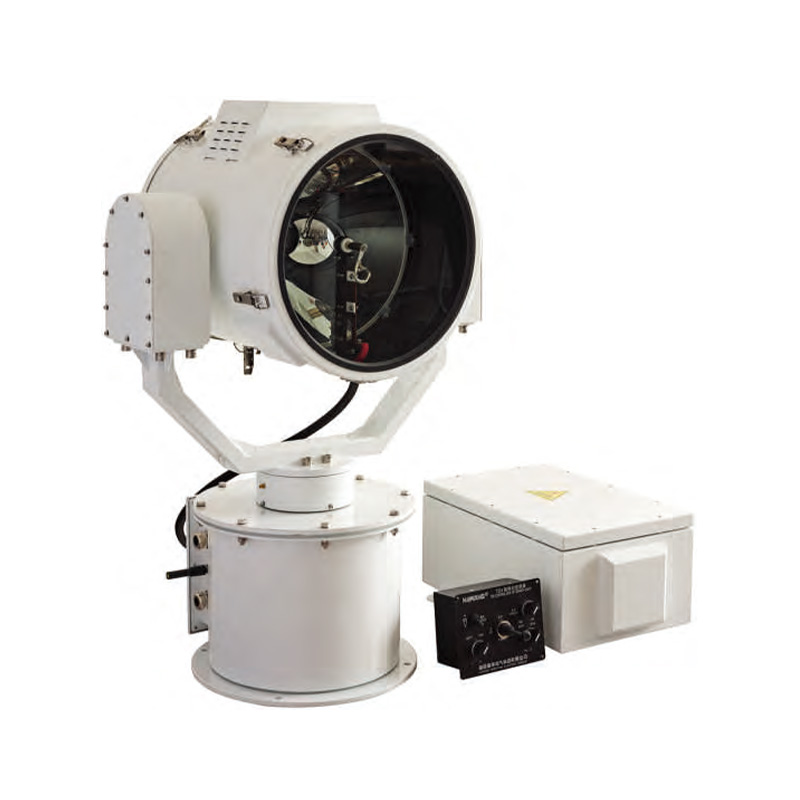
A Step-by-Step Guide to Adjusting Beam in Marine Searchlights
Step 1: Pre-Operational Inspection
Prior to any beam adjustment, the searchlight should be checked for any signs of wear or damage. Perform a thorough cleaning of the lenses and reflectors, and ensure the tilt and rotation mechanisms move without restriction. Proper maintenance inspection allows for unimpeded mechanical means of adjustment.
Step 2: Determine Operational Requirements
Identify the reason for which the beam needs to be adjusted. Ascertain for what purpose the searchlight is required: navigation, search and rescue, or general illumination. Knowledge of the intended operational use will inform the searchlight operator on the beam width, focus, and direction to be aimed.
Step 3: Assess Environmental Conditions
Fog, rain, sea spray and darkness are environmental conditions which will need to be assessed. Evaluate which conditions are dominant to decide if the conditions require a narrow, focused beam or a wider, dispersed beam. Adjusting for environmental conditions will ensure operational effectiveness of the searchlight. Legislating for environmental conditions is an imperative for the effectiveness of the searchlight in varying maritime conditions.
Step 4: Adjust Horizontal and Vertical Angles
Start by adjusting the horizontal tilt, which will allow the beam to sweep across the area of interest, to the area to be covered. Subsequently adjust the vertical tilt, which will set the beam to the required distance or height to the target. Continue to adjust in small increments, observations will allow you to fine-tune the angles to ensure thorough light coverage and no obstructions.
Step 5: Set Beam Focus
If the searchlight has adjustable focus settings, tailor the beam width to specific operational requirements. Long-range observation requires a narrow and concentrated beam, whereas proximity tasks are suited to a wider beam. Ensure you make slight adjustments and check the coverage to reach your preferred beam concentration and width.
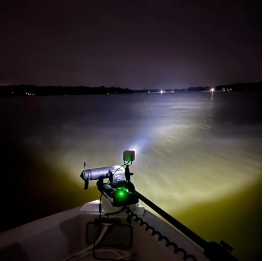
Step 6: Rotate the Beam Housing
For searchlights with rotatable housings, rotate the beam to refine its position without moving the base. This is advantageous in rough seas, where precise aiming and rapid adjustments are needed. Carefully observe the illuminated area to make certain the adjustment is as intended.
Step 7: Check for Glare and Safety
After positioning the beam, check for glare on the crew and nearby vessels. Properly aligned beams and angle reduce the chances of accidents and ensure safe navigation. Focus and angle adjustments can be made to prevent excess light exposure.
Step 8: Test Under Operational Conditions
The last step is to ensure the beam has been fully operational on the searchlight. Test the beam at different distances and in different environmental conditions, making necessary, slight adjustments for the best performance. This is necessary to ensure the searchlight works efficiently and reliably. Regular testing is also necessary.
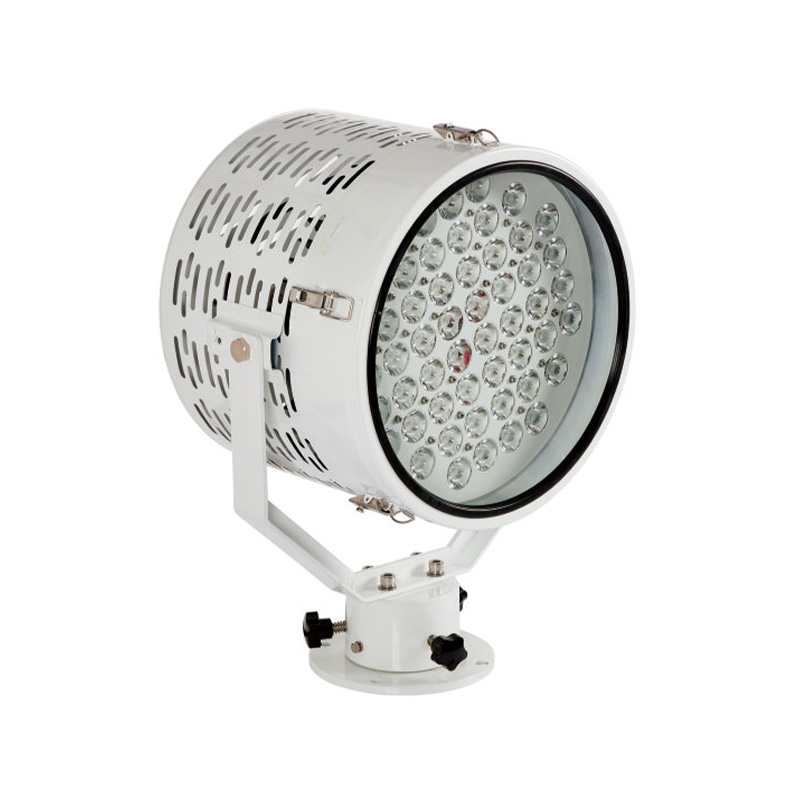
Precautions during the Operation of Beam Adjustment in Marine Searchlights
This chart highlights the key precautions to ensure safe and effective beam adjustment in marine searchlights.
| Precaution | Description | Benefit |
| Avoid Direct Glare | Do not point the beam directly at crew or nearby vessels | Prevents temporary blindness and ensures safety |
| Check Equipment Condition | Inspect lenses, reflectors, and moving parts before use | Reduces risk of malfunction during operation |
| Adjust Slowly | Make gradual changes to tilt, focus, and rotation | Prevents sudden misalignment and allows precise control |
| Secure the Searchlight | Ensure the base and mounting are stable | Prevents accidental movement in rough seas |
| Monitor Environmental Conditions | Be aware of fog, rain, or sea spray | Maintains optimal visibility and prevents light scattering |
| Avoid Overheating | Do not operate the beam at maximum intensity for extended periods | Protects the light source and prolongs equipment lifespan |
| Limit Unnecessary Movement | Only adjust the beam when needed | Reduces wear and tear on mechanical components |
| Maintain Clear Line of Sight | Ensure the beam path is free from obstructions | Maximizes effectiveness and prevents reflection issues |
| Follow Manufacturer Guidelines | Adhere to specific operational instructions | Ensures safe and efficient operation of the searchlight |
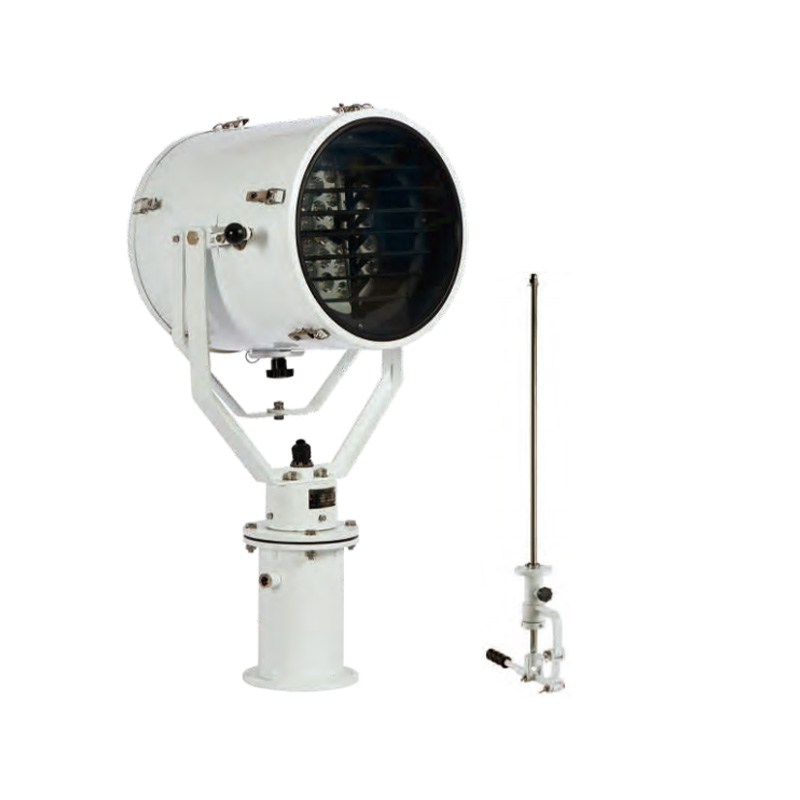
Summary
Effective beam adjustment in marine searchlights is a critical skill that enhances maritime safety and operational effectiveness. Knowledge of beam adjustments informs distance and environmental criteria, power efficiency, and operator considerations. Predictable and systematic operational criteria serve to maximize performance. Reliability is further enhanced through maintenance and operational criteria to serve demarcation, search, and emergency functions during maritime nocturnal operations.
